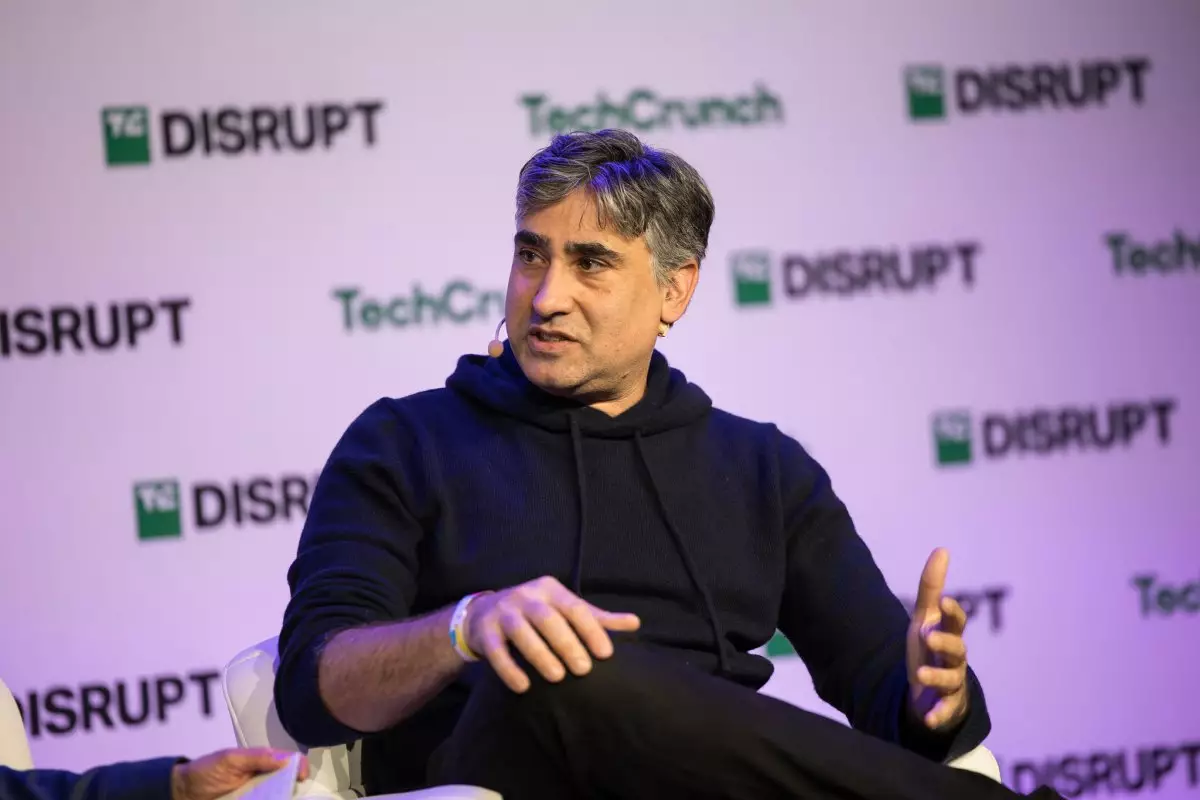The rapid evolution of artificial intelligence (AI) has sparked heated discussions about the need for effective regulation. As with many groundbreaking technologies, legislators often find themselves scrambling to develop policies that match the pace of innovation. However, recent comments by Martin Casado, a general partner at Andreessen Horowitz, underscore a significant issue: current regulatory measures often lack an understanding of the unique risks posed by AI.
At the heart of the discourse surrounding AI regulation is a concerning disconnect between lawmakers and the realities of the technology. During a speech at the TechCrunch Disrupt 2024, Casado emphasized that many regulatory efforts are attempting to address future scenarios that remain largely hypothetical. This approach, he argues, neglects the pressing, tangible risks that AI currently poses, such as bias in algorithms and data privacy concerns. As Casado notes, “They’re kind of trying to conjure net-new regulations without drawing from those lessons,” highlighting the importance of learning from previous technological advancements rather than creating regulations based on unfounded fears of AI.
One pertinent example discussed was California’s attempted AI governance law, SB 1047, which sought to implement a ‘kill switch’ for large AI models. Critics of the bill, including Casado, highlighted its vague language and ill-defined objectives. There was significant concern that such poorly constructed legislation could hinder innovation within California’s burgeoning AI sector rather than enhance safety and accountability. Casado’s perspective sheds light on the broader issue: when regulations arise from a place of fear rather than understanding, they risk stifling progress and leaving stakeholders uncertain about their future operational environment.
The gap between technology experts and policymakers can lead to an inadequately informed regulatory framework. Casado, who has an extensive background in AI and tech entrepreneurship, argues that many proposed regulations do not adequately involve those with a deep understanding of the subject matter. Citing his experiences, he asserts, “Many proposed AI regulations did not come from, nor were supported by, many who understand AI tech best.”
With this in mind, there is a strong case for prioritizing a more inclusive approach that allows stakeholders—including technologists, ethicists, and security experts—to engage meaningfully in the regulatory process. Drawing from historical examples, such as the evolution of internet regulation, it becomes clear that these decisions can significantly impact the trajectory of technology and innovation.
The conversations surrounding AI regulation often reference past experiences with technologies like social media and the internet, which were developed without a strong regulatory framework and ultimately led to significant societal challenges. Critics of Casado’s views argue that the lessons learned from internet governance failures highlight an urgent need for preemptive regulation within the AI field. They assert that early intervention can mitigate potential harms that stakeholders may encounter as AI becomes more integrated into everyday life.
However, Casado counters this perspective by suggesting that existing regulatory frameworks provide an adequate baseline for addressing emerging challenges in AI. He underscores the value of regulatory bodies already in place, stating that “there is a robust regulatory regime that exists in place today.” By adapting these pre-existing structures rather than drafting entirely new policies, Casado believes that lawmakers can effectively manage technological advancements while promoting innovation.
One key point that Casado emphasizes is the need to address specific issues rather than scapegoating entire technologies. He notes that missteps made in the regulation of social media should not dictate the approach taken with AI. Attempting to rectify failures in one sector by implementing blanket regulations on another, as he argues, is both misguided and simplistic. “If we got it wrong in social media, you can’t fix it by putting it on AI,” he asserts.
Moreover, the call for targeted regulation allows for a more nuanced understanding of the risks specific to AI technologies. AI systems have unique characteristics—such as learning from vast datasets and evolving over time—that require distinct oversight compared to traditional technologies. Therefore, it is essential to craft regulations that reflect these differences and ensure they are not merely reactive or based on emotional responses to sensational concerns.
As AI technology evolves, so too must our approach to regulation. A balanced strategy—one that incorporates the insights of experts, draws from historical experiences, and targets specific technologies rather than relying on broad strokes—may be essential for fostering an environment of innovation while also safeguarding against potential harms. The dialogue initiated by figures like Martin Casado is crucial, as it urges lawmakers to transition from fear-based approaches to informed, constructive governance that recognizes the complexity of autonomous technologies and their impact on society. In doing so, we can create a regulatory landscape that not only protects but also empowers the ongoing evolution of AI.

